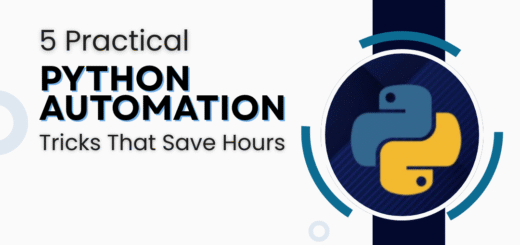Your AI Art Studio: Crafting a Signature Creative Process
The blank canvas stares back—daunting, full of potential. But what if you had a collaborator who understood your style, amplified your strengths, and pushed your creativity further? Modern AI tools aren’t just preset filters—they’re adaptable partners that learn from you, refining their output to match your artistic fingerprint.
1. Make It Yours: Training AI to Work Like You
AI now goes beyond generic presets. With the right approach, you can teach it:
- Your brushstroke texture (heavy oils vs. delicate watercolors)
- Your color harmonies (muted palettes vs. bold contrasts)
- Your composition tendencies (symmetrical vs. dynamic imbalance)
Try this: In tools like Adobe Firefly or Runway ML, feed the AI 10-15 of your past works. Over time, its suggestions will align closer to your natural style.
2. The Creative Spark: Using AI as Your Idea Generator
Artist’s block hits everyone. Instead of staring at an empty page, use AI to:
- Generate 10 quick thumbnail sketches from a single description
- Remix your old work into unexpected new variations
- Suggest color schemes you’d never normally try (then tweak them to fit your vision)
“I use Midjourney like a digital mood board—it throws out wild concepts, and I refine the 5% that spark something real.” —Lena Petrova, concept artist
3. Breaking Habits: How AI Reveals Your Blind Spots
We all have creative ruts. AI can expose them by:
- Analyzing your last 20 pieces and showing repeated patterns (e.g., always centering subjects)
- Proposing radically different versions of your work (what if your portrait series became abstract?)
- Simulating how your art would look in different historical styles
4. The Daily Practice: Small Experiments, Big Growth
- Morning ritual: Spend 15 minutes generating AI variations of yesterday’s work. Save just one idea worth exploring further.
- Weekly challenge: Use an AI tool to reinterpret a classic masterpiece in your style.
- Monthly review: Compare your AI-assisted works to traditional pieces—where did the tech actually improve your process?
5. When to Ignore the Machine
The best artists know AI’s limits:
- Over-polished looks steal the human touch—leave some roughness
- Predictable suggestions mean you’ve trained it too narrowly—feed it new influences
- Emotional depth still comes from you—AI can’t replicate lived experience
The Future Is Bespoke
As AI evolves, we’re moving toward:
- Personalized models trained exclusively on your portfolio
- Voice-guided editing (“Make this more melancholic, with softer edges”)
- Real-time collaboration where AI suggests adjustments as you paint
Remember: This isn’t about letting the tech take over. It’s about building a creative loop where AI handles the tedious, so you can focus on what matters—the art only you can make.


